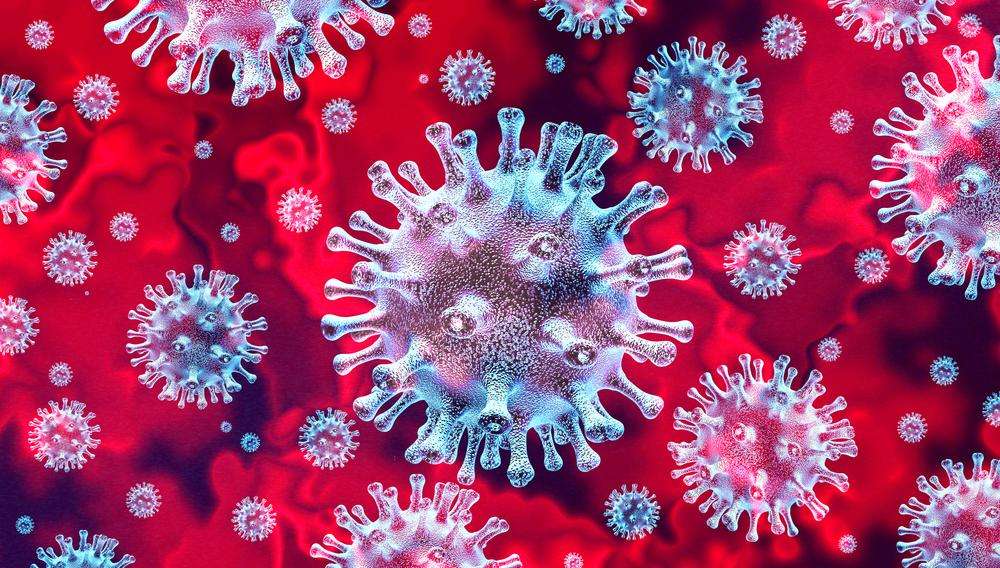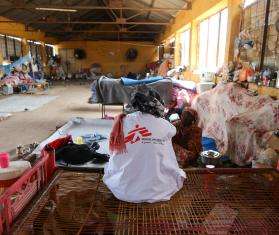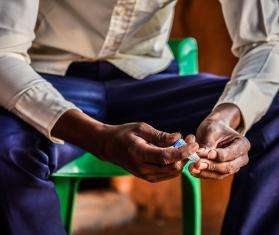Today, 43 out of the 54 countries on the African continent are affected by the new coronavirus pandemic. In West and Central Africa, Sierra Leone is the only remaining country without any confirmed cases of coronavirus disease, also known as COVID-19. Among the countries with the highest number of cases in the region are Burkina Faso, Senegal, and Cameroon—all of which have now entered the stage of local transmission.
Here, Dr. Dorian Job, West Africa program manager for Doctors Without Borders/Médecins Sans Frontières (MSF) in Dakar, Senegal, provides an update on the situation in the region, the immediate priorities for the COVID-19 response, and the lessons learned in African countries from recent public health emergencies, including Ebola.
With the rapid spread of the coronavirus epidemic in recent weeks, questions about the level of preparedness in Africa have made headlines in international media. However, which country anywhere in the world was really ready for this outbreak? Let's look at the situation in Europe today, especially in countries like Italy, France, and Spain. Which one of them was prepared to face such a time bomb?
Perhaps the Ebola epidemic that affected West Africa between 2014 and 2016 has helped countries in the region to be better prepared. At the very least, that experience led to the development of surveillance and coordination mechanisms that have been activated. With time, we will see whether these were effective. Most countries in the region have already taken measures to halt the spread of the epidemic—such as closing aerial borders, banning gatherings, and closing schools—without going as far as total confinement [or lockdowns], for the moment.
While they may slow the spread of the virus, these measures will also affect the economies of countries where people often live day-to-day. They will also particularly impact vulnerable populations in places with humanitarian crises.
In Burkina Faso, for instance, where we have called for an increase in humanitarian action due to insecurity and population displacement, it will now be very difficult for humanitarian actors to respond. Today, no one is in a position to bring in new teams, and the medical supply system will be disrupted for weeks or even months. And, while it’s imperative to strengthen the response to the humanitarian crisis, more attention to hygiene and infection prevention measures is also needed in order to avoid the spread of the virus in a country with limited water access in distressed areas.
Each country will certainly have to adapt their [COVID-19] response strategy in order to balance the need to slow the spread of the virus against the likely economic and social impacts of control measures. Nevertheless, certain constants remain, regardless of the context. First of all, what will make the difference in slowing down the epidemic is a change in individual attitudes, [such as] respect for physical distance and basic individual hygiene practices.
Another key element of the response will be our ability to identify, monitor, and care for those most at risk. COVID-19 is a respiratory disease that takes a mild or moderate form in most cases, but some people are at a higher risk of having severe complications, especially the elderly and people with other medical conditions. However, we still know very little about transmission of the novel coronavirus in tropical areas and the consequences of co-infection with other chronic diseases, such as diabetes or hypertension, or with more seasonal diseases, such as malaria or malnutrition.
Finding an alternative to screening [for coronavirus] is also key, as testing and diagnostic capacities in the region are currently insufficient. We will have to set up detection mechanisms based on symptoms and develop epidemiological monitoring and referral systems for the most critical cases as close to the communities as possible.
Another concern is that the concentration of attention and energy on COVID-19 over the next few weeks could cause us to forget other health issues, leaving behind a large part of the population. As an example, malaria and measles, for which epidemic outbreaks have recently appeared in Burkina Faso and Niger, remain high-mortality diseases in the region. It’s necessary to carry out preventive activities and vaccination campaigns [to contain these outbreaks]. However, we face the risk of not being able to deploy sufficient resources at this time.
We must draw lessons from past epidemics, including our experience with Ebola in the region. Based on these experiences, the following must remain a priority: Ensuring the safety of health workers; maintaining confidence in the [epidemic] response and the actors implementing it, which is essential to avoiding panic and ensuring the dissemination of correct information; and not neglecting other patients [suffering from diseases and conditions apart from COVID-19].
At the same time, we must also be cautious not to simply reproduce all the elements of an Ebola response, such as wearing coveralls for a virus that is not contagious through the skin. This time, we may use decentralized care structures to manage [people with] simple cases to avoid overwhelming treatment centers with cases that do not require hospitalization. In previous SARS epidemics, well-ventilated structures with natural light offered much better infection control conditions than sophisticated structures with closed air circulation.
In short, we’ll have to take stock of the past as well as innovate. I would not be surprised if new solutions for responding to this coronavirus epidemic come from the African continent. Indeed, African countries have more experience in managing health emergencies, and public health reflexes are more developed here than in Europe.





